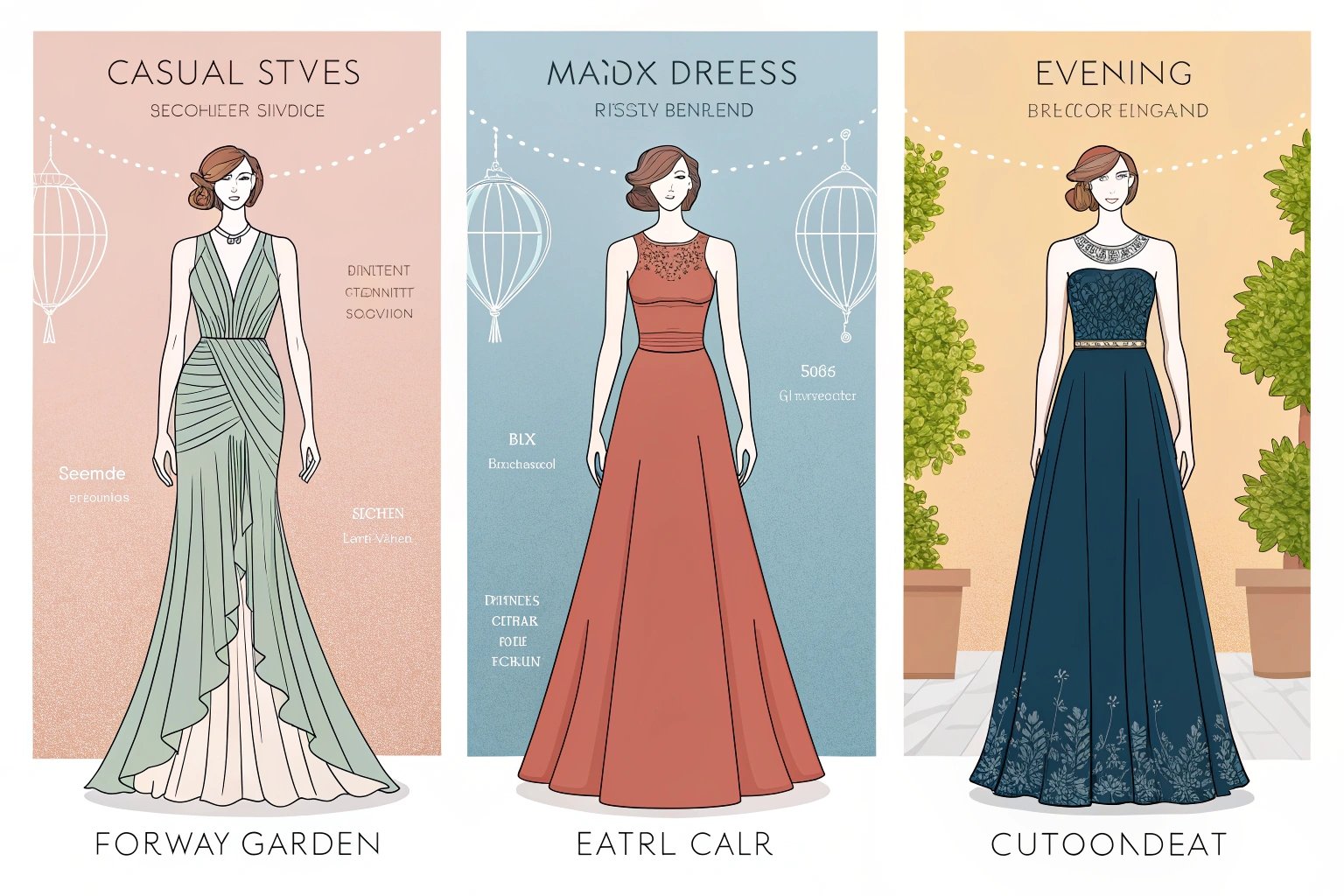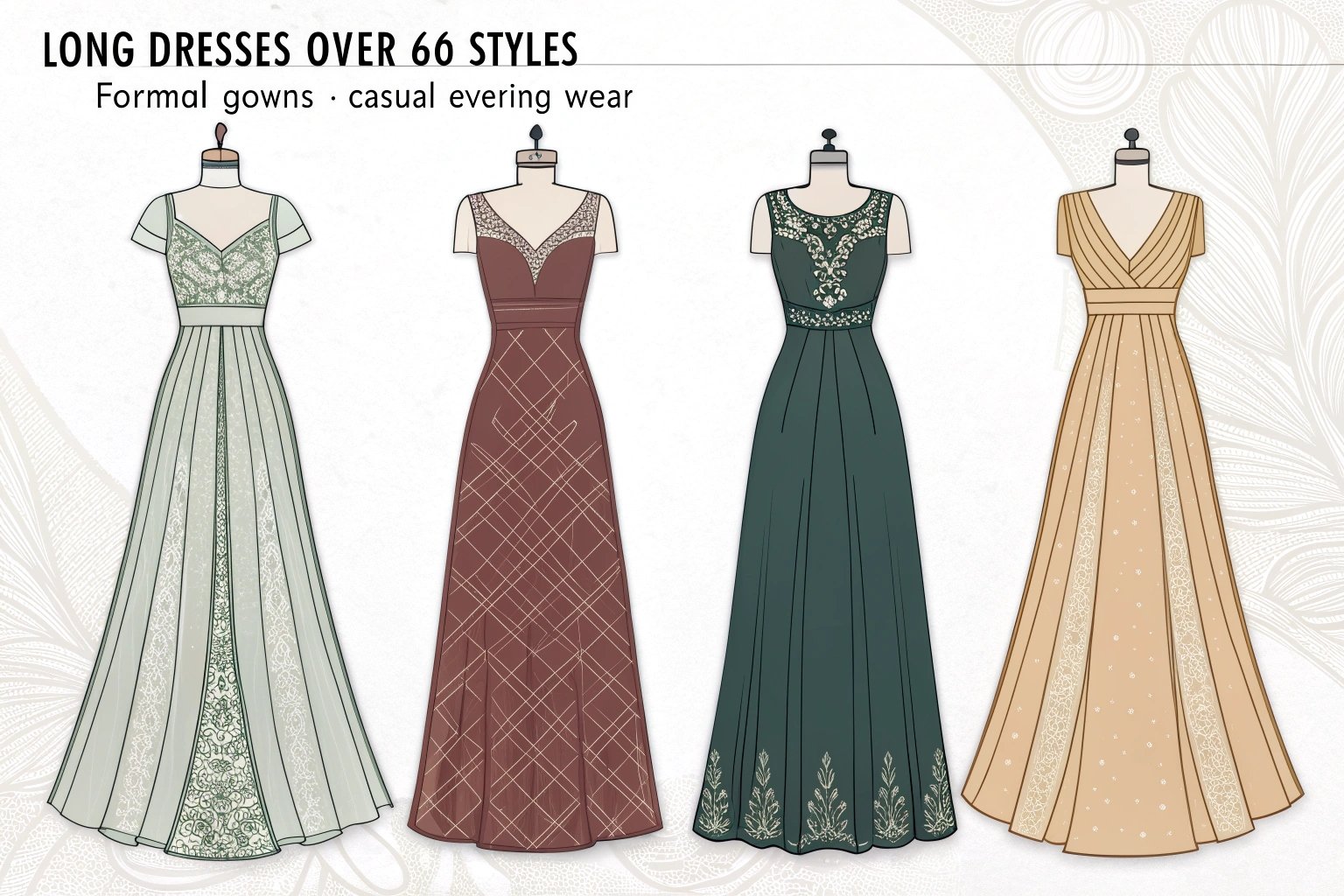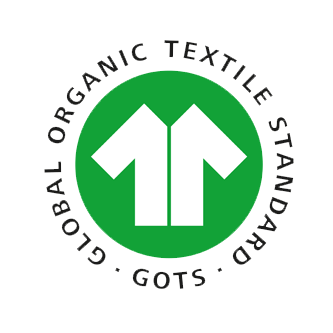Finding the cheapest place to manufacture clothes is crucial for brands looking to maximize profitability. When it comes to women’s clothing, the price of production depends on a variety of factors such as labor costs, material availability1, and local industry infrastructure2. Let’s explore where these countries are and what makes them ideal for budget-friendly clothing production.
To find the cheapest place to make clothes, several factors like labor costs, material availability, and efficient production play a role. Countries like China, Bangladesh, Vietnam, and India stand out as top choices for affordable women’s clothing manufacturing.
Transition paragraph: Manufacturing clothes in low-cost countries can provide significant savings, but how do these countries keep prices so low while maintaining competitive standards? Let’s delve into the factors that contribute to this affordability.
What Factors Make a Country Cheap for Clothing Manufacturing?
To understand why certain countries are cheaper for clothing manufacturing, it’s essential to break down the key factors that influence production costs.
Key factors such as labor costs, material sourcing, and production infrastructure determine how cost-effective clothing manufacturing can be in a country. These elements contribute significantly to the final price of the garment.
 Garment Production Line
Garment Production Line
How Do Labor Costs Affect the Price of Clothing Manufacturing?
Labor costs are one of the most significant factors in determining the cost of manufacturing clothes. Countries with lower wages for factory workers have an inherent advantage in offering cheaper production costs. For example, in countries like Bangladesh and Vietnam, labor is relatively inexpensive compared to Western nations, which directly impacts the final price of women’s clothing.
However, lower labor costs don’t necessarily mean lower quality. Many low-cost countries have trained workers with expertise in textile manufacturing, which enables them to maintain productivity without compromising garment quality. In these countries, you’ll find factories that can produce at scale without the high labor expenses associated with developed countries.
| Country | Average Monthly Wage (USD) | Clothing Production Advantage |
|---|---|---|
| Bangladesh | $120-$150 | Low labor costs, high volume |
| Vietnam | $200-$250 | Cost-effective labor, skilled workforce |
| China | $400-$500 | High efficiency, large factories |
What Role Do Material Costs and Local Production Play in Reducing Prices?
Material costs can make up a significant portion of the overall manufacturing expenses. Low-cost countries often have access to locally sourced materials, which lowers transportation and import fees. For example, countries like Bangladesh and India benefit from proximity to textile manufacturing hubs, making raw material procurement more affordable.
Moreover, local production plays a role in reducing overheads associated with long-distance transportation. By manufacturing domestically, these countries can optimize the supply chain and minimize delays, making production more efficient and cost-effective.
What Are the Cheapest Countries for Manufacturing Women’s Clothing?
When it comes to the cheapest countries for manufacturing women’s clothing, several emerging markets stand out due to their combination of low labor costs, efficient infrastructure, and textile expertise.
Countries like China, Bangladesh, Vietnam, and India are popular choices for affordable women’s clothing production. Each of these countries offers a competitive advantage in terms of low labor costs and material accessibility, making them ideal for budget-conscious brands.

How Does China Remain the Cheapest Option for Clothing Manufacturing?
China remains one of the cheapest and most competitive options for clothing manufacturing due to its well-developed infrastructure, large-scale factories, and economies of scale. With its advanced supply chains, China can source raw materials cheaply and efficiently, ensuring that manufacturing costs remain low.
Additionally, China’s long-standing dominance in textile production has led to significant investments in automated technologies3, reducing labor costs further while increasing production capacity. The sheer size of the manufacturing sector also allows China to take advantage of bulk production, leading to lower per-unit costs.
| Key Advantage | Details |
|---|---|
| Large-Scale Production | China’s factories operate at massive scales, reducing costs per unit |
| Raw Material Access | China sources many textiles domestically, cutting import costs |
| Efficient Infrastructure | Well-established transportation networks streamline the production process |
Why Are Bangladesh, Vietnam, and India Popular for Budget Women’s Clothing Production?
Bangladesh, Vietnam, and India are increasingly popular for affordable women’s clothing production due to their combination of low labor costs, access to raw materials, and established garment manufacturing sectors.
- Bangladesh: Known for its low wages and specialized skills in garment production, Bangladesh has become a go-to destination for many global apparel brands. The country has a highly skilled workforce in clothing manufacturing, particularly for items like T-shirts, jeans, and knitwear.
- Vietnam: While slightly more expensive than Bangladesh, Vietnam offers a skilled workforce and strong trade relations with countries like the United States, making it a cost-effective yet reliable option for large-scale production.
- India: India offers a diverse set of textiles and materials, particularly cotton, making it a key location for producing affordable yet high-quality clothing.
| Country | Strengths | Best Products for Manufacturing |
|---|---|---|
| Bangladesh | Low labor cost, skilled workers | T-shirts, knitwear, denim |
| Vietnam | Skilled workforce, trade agreements | Activewear, casual clothing |
| India | Textile variety, large labor pool | Cotton-based garments, ethnic wear |
How Do Women’s Clothing Manufacturers in These Countries Keep Costs Low?
These countries maintain their competitive edge in affordable women’s clothing production by focusing on large-scale production and efficient supply chains. Their ability to produce at scale while minimizing waste helps keep costs low.
Manufacturers in low-cost countries keep clothing production affordable through large-scale manufacturing, efficient supply chain4s, and streamlined logistics that reduce overhead costs.
How Do Large-Scale Production and Efficient Supply Chains Lower Manufacturing Costs?
Large-scale production allows manufacturers in low-cost countries to benefit from economies of scale. The more units produced, the lower the cost per unit, which leads to significant savings. In countries like China and Bangladesh, manufacturers can produce massive quantities of clothing, which drives down the cost of labor and raw materials.
Efficient supply chains also play a significant role. With optimized transportation networks, local sourcing of raw materials, and integrated manufacturing processes, these countries reduce the overall cost of production and delivery times.
What Are the Benefits of Manufacturing in Low-Cost Countries for Women’s Apparel?
Manufacturing women’s apparel in low-cost countries provides brands with significant cost savings, allowing them to offer competitive pricing to consumers while maintaining a healthy profit margin. Moreover, these countries often have specialized production expertise in specific types of garments, such as denim or knitwear, which adds further value.
Additionally, low-cost countries offer flexibility in terms of production timelines and volume, enabling brands to quickly scale up production in response to demand.

How Do Women’s Clothing Manufacturers Maintain Quality While Keeping Prices Low?
Despite lower costs, manufacturers in these countries maintain quality by focusing on streamlined processes and adhering to strict quality control standards.
While manufacturing costs may be lower, quality is still a priority. Manufacturers in low-cost countries maintain quality through stringent quality control procedures and continuous process improvement.
What Quality Control Practices Do Manufacturers in Low-Cost Countries Follow?
Manufacturers in low-cost countries adhere to global quality control standards, ensuring that the final product meets industry expectations. For example, Bangladesh and Vietnam have invested heavily in factory certifications, such as ISO 9001, to ensure consistency in manufacturing processes.
Regular quality checks, from fabric inspection to final garment testing, are conducted to ensure the clothing meets quality standards. Additionally, these manufacturers often work with third-party inspection agencies to verify product quality before shipping.
How Do Manufacturers Ensure Consistency in Mass Production for Women’s Clothing?
Maintaining consistency in mass production is critical to ensuring that the final product meets the brand’s standards. Manufacturers in low-cost countries use automated systems, standard operating procedures (SOPs), and trained workers to ensure every garment is produced with the same quality and specifications.
By streamlining their production processes, manufacturers minimize errors and defects, maintaining high-quality standards across large production runs.
How Do You Choose the Right Women’s Clothing Manufacturer in a Low-Cost Country?
Choosing the right manufacturer in a low-cost country is essential to maintaining both affordability and quality. It requires careful research, communication, and a clear understanding of your brand’s needs.
To select the right women’s clothing manufacturer in a low-cost country, look for experience, production capabilities, and transparent communication. This will help you ensure that your production runs smoothly and meets quality standards.
What Should You Look for When Selecting a Reliable Low-Cost Manufacturer?
When choosing a reliable manufacturer, consider the following:
- Experience in Clothing Production: Make sure the manufacturer has a proven track record in producing the type of clothing you require.
- Certifications: Ensure they have the necessary certifications (ISO, ethical certifications) to guarantee quality and compliance.
- Communication and Transparency: Choose a manufacturer with clear communication and transparency in production timelines, costs, and quality expectations.
| Selection Criteria | Key Considerations |
|---|---|
| Experience | Proven expertise in your clothing category |
| Certifications | Compliance with global industry standards |
| Communication | Regular updates and responsiveness to inquiries |
How Do You Ensure Ethical Practices and Sustainable Production When Working with Cheap Manufacturers?
Working with manufacturers in low-cost countries requires vigilance to ensure ethical practices and sustainability. Look for manufacturers that adhere to fair labor practices, provide safe working conditions, and use sustainable materials.
You can ensure ethical production by visiting the factory, requesting audits, and working with certification bodies like Fair Trade or Global Organic Textile Standard (GOTS) to verify compliance.
Conclusion
The cheapest places to manufacture women’s clothing are often countries with low labor costs, efficient supply chains, and access to raw materials. While affordability is key, ensuring quality and ethical practices remains crucial. By selecting the right manufacturer and maintaining clear communication, you can produce cost-effective5, high-quality clothing that meets consumer demand.
-
Learn how material availability influences production costs and quality in the fashion industry. ↩
-
Discover how local infrastructure can enhance manufacturing efficiency and reduce costs. ↩
-
Explore how automation is transforming clothing manufacturing and reducing costs. ↩
-
Learn how an efficient supply chain can significantly reduce clothing manufacturing costs. ↩
-
Discover the factors that contribute to cost-effective clothing manufacturing solutions. ↩









